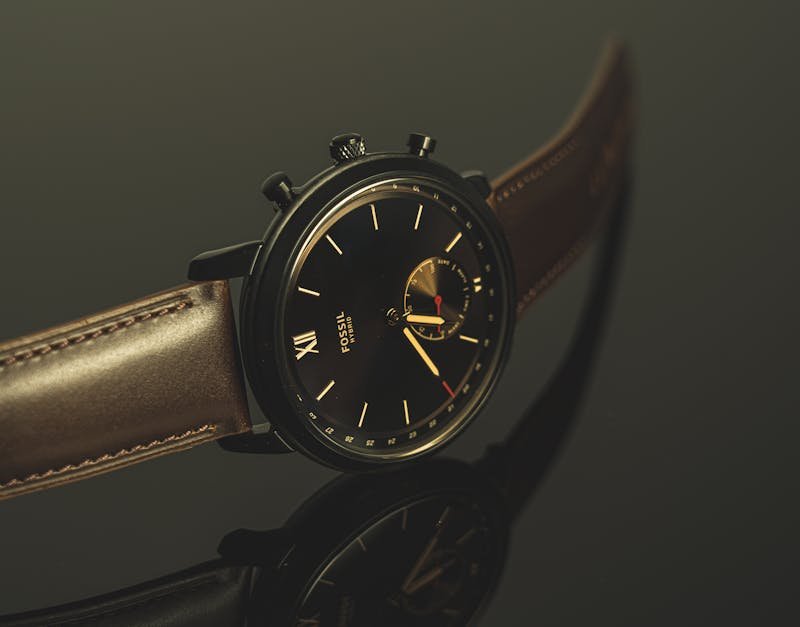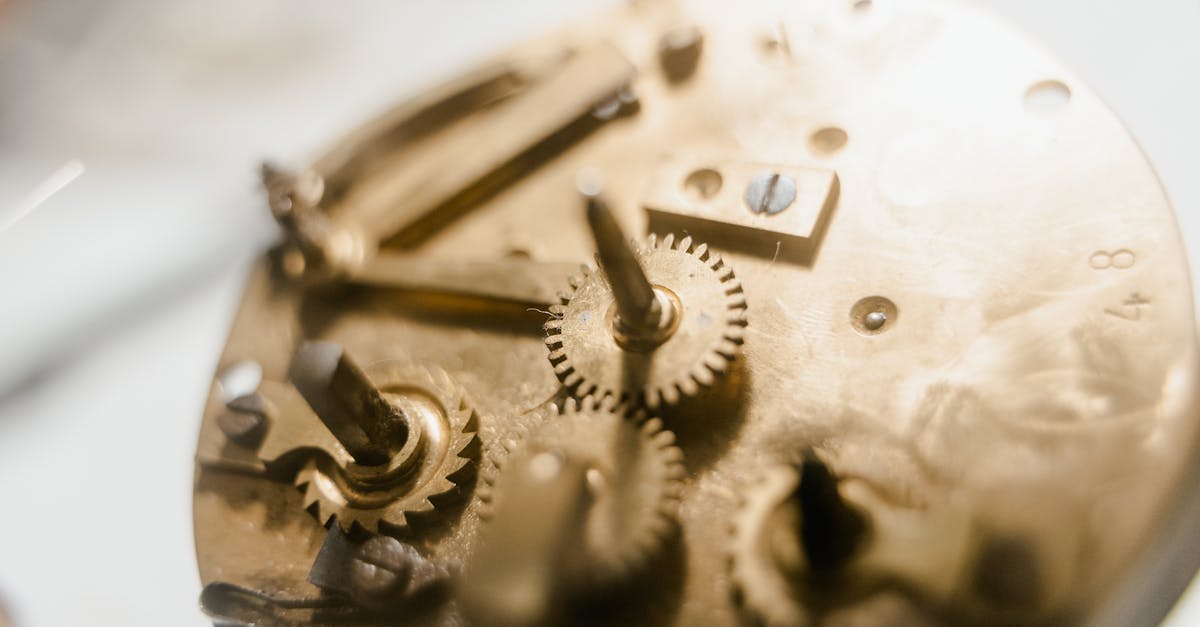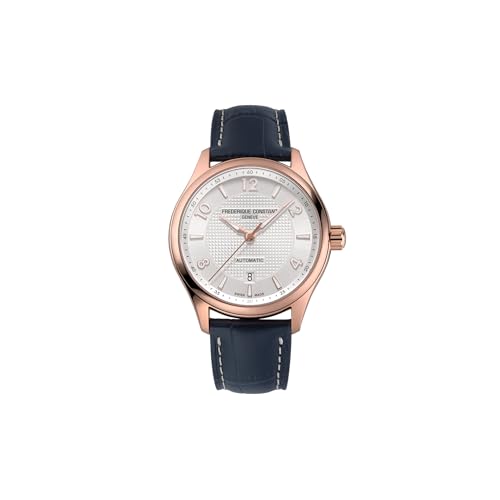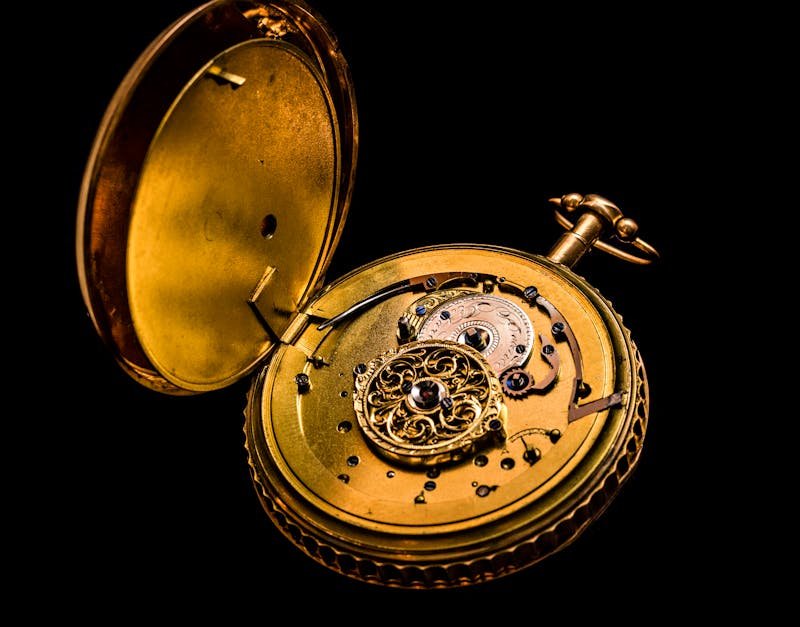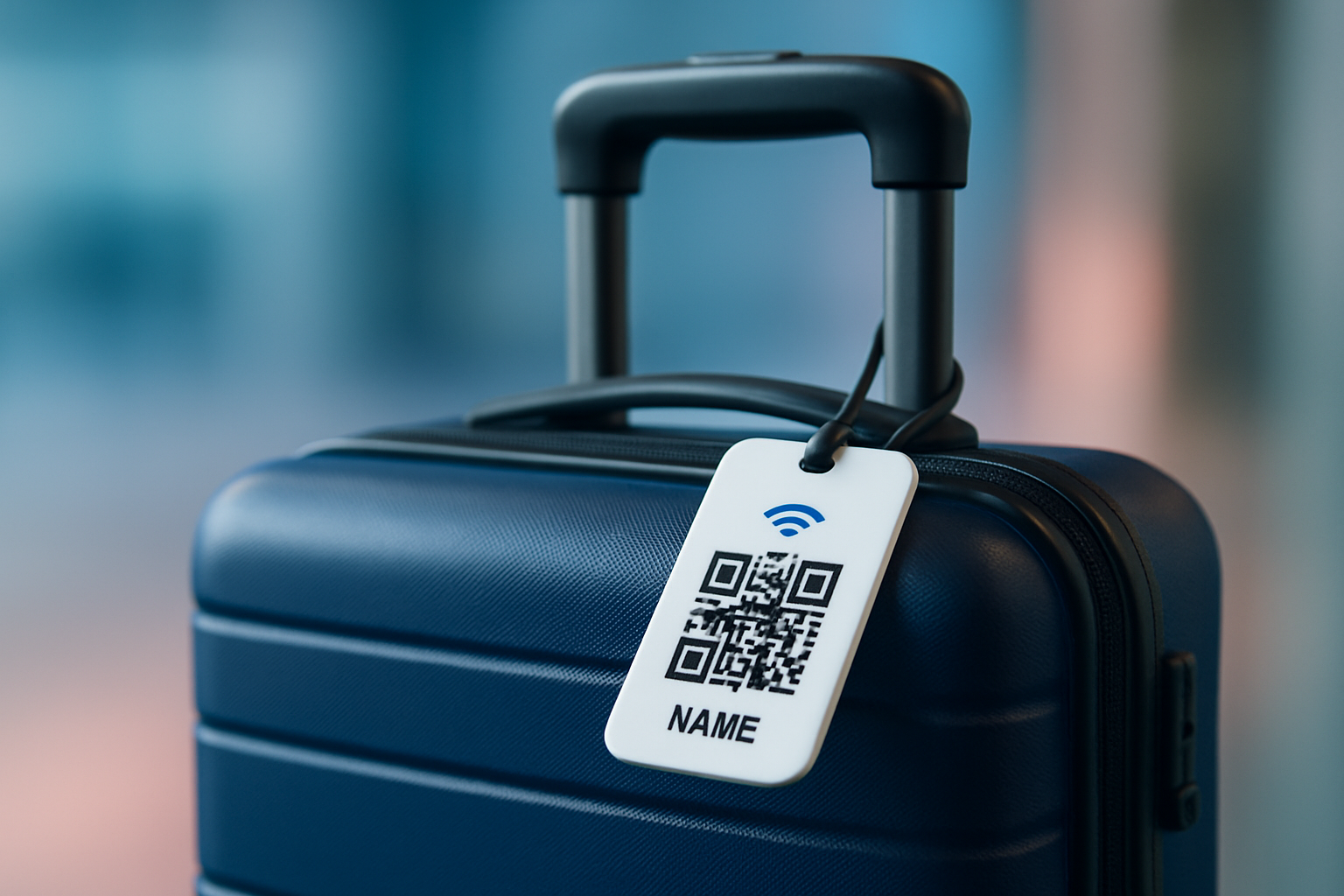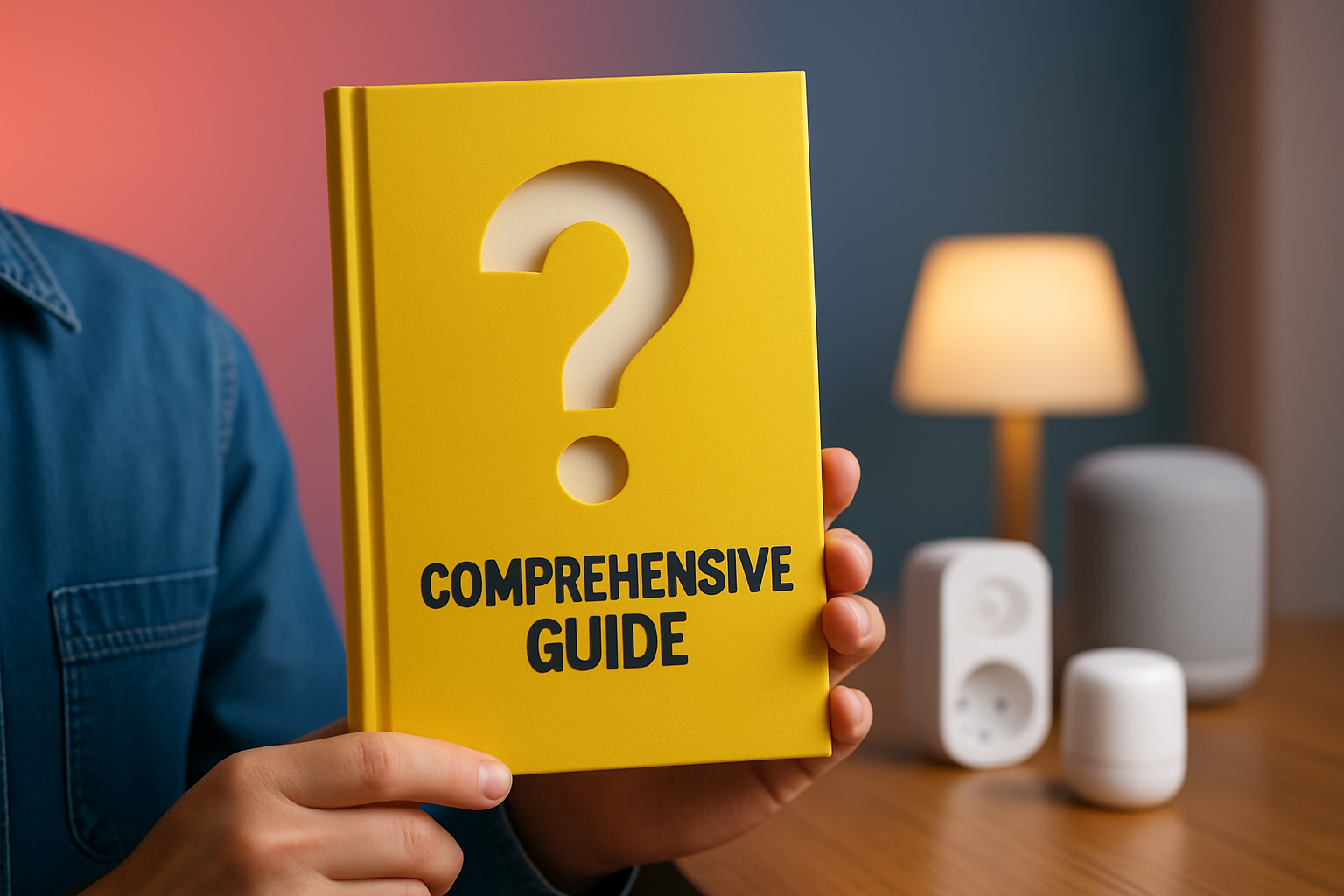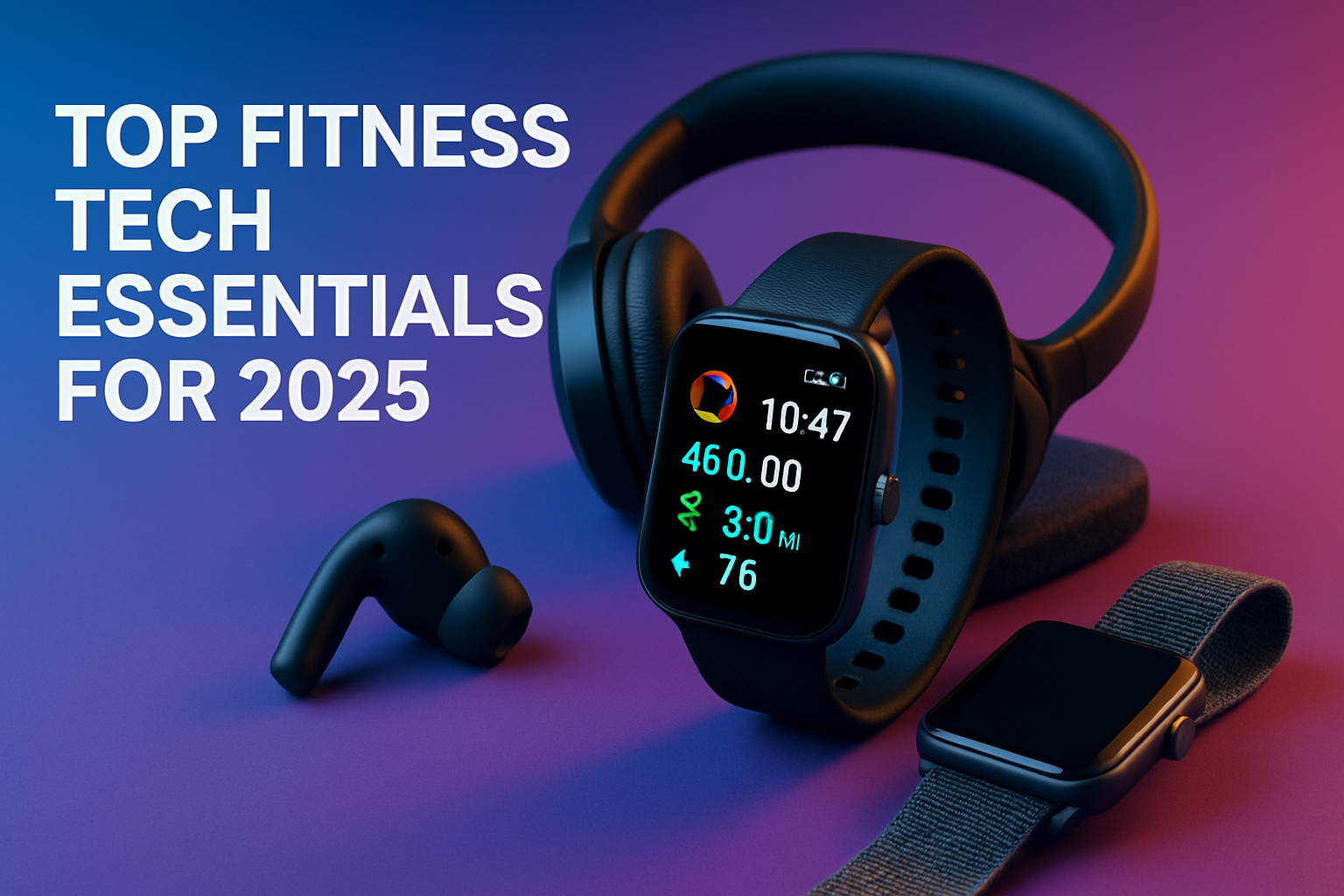Introduction
What you will gain from this guide
You’re about to enter a framework for evaluating, buying, and maintaining luxury watches that goes beyond surface appeal. This guide equips you with a practical lens for judging movement accuracy, finishing quality, and material integrity, while translating these signals into everyday value. Whether you wear a timepiece daily, curate a small but meaningful collection, or hunt for a potential future classic, you’ll gain a clear checklist you can carry into showrooms, pre-owned markets, and online inquiries.
You’ll learn how to assess authenticity, understand warranty options, and plan for servicing—so your investment remains robust, legible, and enjoyable for years to come, with insights from omega watch company: history, innovations, and what sets it apart.
The resilience of the luxury watch landscape in 2024–2025
Despite macro headwinds, the luxury watch sector remains remarkably resilient. Demand for iconic references and limited editions continues to outpace supply in many segments, sustaining strong price discovery in both new releases and trusted pre-owned markets. Digital certificates, provenance records, and certified pre-owned marketplaces are reshaping liquidity and trust, while direct-to-consumer channels give brands greater control over pricing and aftercare. This combination of scarcity, transparency, and enhanced service ecosystems underpins a healthy marketplace for genuine horology.
How to use this guide
Read with a goal in mind—are you investing, building a reliable everyday watch, or expanding a collector’s palate? Each section is designed to help you identify what truly matters for your situation, from movement precision to long-term care. Use the practical checklists to compare models side by side, then translate insights into a concrete plan for purchase, warranty, and maintenance that aligns with your lifestyle and budget.
What defines a luxury watch
Brand heritage and storytelling
Luxury watches are as much about narrative as they are about mechanics. Heritage brands weave centuries of innovation, iconic designs, and enduring commitments to quality into every model. The signal isn’t merely a logo; it is a promise of consistency across generations. When a brand consistently refines its craft while maintaining a recognizable design language, you gain a timepiece that feels timeless rather than outdated. This storytelling depth often correlates with strong resale value and enduring desirability.
For readers seeking credibility, consider how a brand communicates its origins, its guiding design motifs, and its track record for service and longevity. The strongest narratives translate into reliable ownership experiences, backed by robust warranty programs and accessible service ecosystems.
Quality is a conversation between history and craft; if you’re looking to buy luxury watches for men, choose pieces from brands that speak to their owners across decades, not just seasons, backed by robust warranties.
Craftsmanship standards
Craftsmanship in luxury watches is measured by movement accuracy, reliability, and the discipline of finishing. This includes how a movement is regulated, its power reserve, and the precision of its chronometric performance. Finishing touches—such as perlage on plates, anglage on bridges, and Genève stripes on rotors—signal a level of manual refinement that can’t be easily replicated by mass production. Assembly discipline, quality control, and meticulous testing under real-world conditions complete the standard.
These details matter, because they reflect the brand’s commitment to longevity and user experience beyond the sale, as exemplified by cartier luxury watches for men.
Materials and construction
Premium metals, ceramics, sapphire crystals, and robust bracelets define the tactile and visual quality of a luxury timepiece. Stainless steel, gold (yellow, rose, or white), titanium, and ceramic each offer distinct advantages in weight, scratch resistance, and mood. A reference’s construction quality is evident in its resistance to torsion, the smoothness of winding, and how well the bracelet integrates with the case for comfortable, secure wear. The choice of materials also impacts maintenance considerations and long-term value retention.
Anatomy of a luxury watch: movement, finishing, materials
Movement: in-house versus ebauche origins, accuracy, power reserve, and complications
The movement is the beating heart of a luxury watch. In-house calibers—developed and manufactured within the same brand—often symbolize technical mastery and long-term serviceability. Ebauche-based movements, while sometimes sourced from specialist suppliers, can still reach exemplary levels of performance when finished and regulated by the brand. Accuracy, measured by COSC or brand-specific standards, and power reserve determine daily reliability. Complications such as date, moon phase, tourbillon, or chronograph add functional storytelling and technical depth, but they also demand careful maintenance and proper wear patterns to preserve performance.
When evaluating a movement, ask about source origin, regulation standards, service intervals, and parts availability. A well-documented lineage and a transparent service history can make a meaningful difference in long-term ownership experience.
Finishing: perlage, anglage, côtes de Genève, dial work, and lume
Finishing elevates a watch from precise instrument to crafted heirloom. Subtle details matter: perlage on plates to reduce surface friction, anglage on bridges to highlight beveling, and côtes de Genève stripes on rotor surfaces that catch the eye as you wind. Dial work—whether enamel, lacquer, or applied indexes—defines legibility and character. Lume quality under low light conditions is another practical measure of finishing discipline, affecting readability when you need it most. Together, these elements reveal a brand’s willingness to invest in the long arc of ownership, not just the initial sale.
Materials and construction: steel, gold, titanium, ceramic; bracelets and case design
Material choices sculpt not only aesthetics but also wearability and durability. Stainless steel offers practicality and versatility; gold variants signal luxury and presence; titanium brings lightness and strength, often at a premium. Ceramic cases and bezels resist scratches but require care to avoid cracking under impact. Bracelet design—whether integrated or modular—affects comfort, wear patterns, and resale appeal. A well-executed construction balances weight, balance, and resilience against daily hazards like knocks and moisture.
Major categories: dress, sport, diving, chronograph
Dress watches
Dress watches prioritize lean profiles, refined dials, and legibility. They are designed to slip under a cuff with minimal visual bulk, offering understated elegance suitable for formal settings or refined business wear. The dial often favors simplicity, with clean typography and a balanced layout. For daily wearers who attend formal events or value a timeless silhouette, a properly scaled dress watch can become a signature piece that communicates discipline and taste.
When selecting a dress watch, focus on case thickness, lug-to-balance ratio, and the harmony between case, dial, and strap. A well-made dress watch ages gracefully, maintaining legibility and charm as fashion evolves.
Sport watches
Sport watches emphasize robustness, versatility, and practicality for active lifestyles. They commonly feature larger cases, strong water resistance, and legible dials with high-contrast indices. The versatility of a sport watch makes it a reliable daily companion for travel, workouts, and social occasions where a less formal look is acceptable. In some models, added comfort comes from ergonomic bracelets and easily replaceable straps that adapt to different activities and climates.
For buyers, a sport watch should offer a comfortable wear profile, reliable screw-down crowns, and service networks that align with your travel or work schedule. The right sport watch can bridge professional duties with leisure without sacrificing performance.
Diving watches
Diving watches are engineered for underwater legibility, water resistance, and unidirectional bezels that prevent accidental time loss. The best examples combine rugged cases, corrosion-resistant metals, and luminous dials for readability at depth. Compliance with ISO standards for dive watches adds a layer of trust for enthusiasts who use their timepieces near water or in demanding environments.
Key considerations include water resistance ratings, bezel action, legibility, and serviceability in geographic regions where you travel. A strong diving watch can be a practical tool as well as a symbol of adventurous spirit.
Chronographs
Chronographs blend timing precision with historical appeal. The layout of subdials, pushers, and tachymeter scales reflects both function and design heritage. Modern chronographs often feature advanced movement architectures, including column-wheel or vertical clutch systems that deliver crisp actuation and reliability during timing sessions. For collectors, the charm lies in historical references and the interplay between mechanical complexity and finishing finesse.
When evaluating a chronograph, consider the readability of the subdials, the smoothness of the crown controls, and how the movement integrates with the overall aesthetic. A well-executed chronograph can serve as a practical tool and a celebration of mechanical ingenuity.
Brand archetypes in 2025
Heritage maisons
Heritage maisons embody lineage, integrated production, and a culture of continuous refinement. These brands offer a sense of continuity across decades, anchored by iconic design language and a robust service network. For buyers, heritage prestige translates into a perceived lower risk for long-term ownership and a confidence that the brand will remain relevant for generations.
In 2025, heritage houses often emphasize sustainable practices, ongoing research and development, and limited editions that preserve scarcity while honoring tradition. This blend of time-tested craft with modern stewardship resonates with buyers seeking trust and depth in their purchases.
Independent microbrands
Independent microbrands prioritize craft, innovation, and a willingness to experiment with materials, movements, and production methods. They often pursue niche aesthetics or technical features that push horology forward. These brands reward buyers who value originality, storytelling beyond a single reference, and a direct relationship with the makers. Microbrands can offer compelling value when paired with transparent sourcing and clear warranties.
Expect bold designs, experimental finishes, and limited production runs. The trade-off can be higher risk of waitlists or resale volatility, but for many enthusiasts the payoff is access to uniquely expressive watches that challenge conventional norms.
Accessible luxury lines
Accessible luxury lines broaden entry points without sacrificing core craftsmanship. They deliver familiar ergonomics, reliable performance, and recognizable branding at more approachable price bands. This archetype helps new buyers establish a trusted foundation while still enjoying brand heritage and strong aftercare from authorized networks.
In 2025, accessible luxury lines often feature modular upgrades, improved warranty terms, and enhanced online education about maintenance and servicing. They provide a practical stepping stone into the broader luxury landscape for professionals building a wearable collection.
Authenticity and traceability in 2025
Serial numbers, hallmarks, and origin certificates
Authenticity starts with traceable identifiers. Serial numbers, hallmarks, and origin certificates help buyers verify a watch’s lineage and production legitimacy. These references enable warranty validation, service history tracking, and easier resale with confidence. When purchasing, request clear documentation that can be cross-checked with the brand’s official databases or authorized service centers.
For collectors and investors, maintaining a documented trail of provenance significantly improves liquidity and trust. Keep a dedicated record of purchase receipts, service stamps, and any restoration work to support a smooth ownership journey.
Digital certificates and blockchain-based provenance
Digital certificates and blockchain-based provenance are being piloted or adopted by select brands to enhance traceability. These technologies offer tamper-evident records of production, ownership transfers, and service milestones. Even if you do not rely on blockchain daily, these records provide a durable, transferable chain of custody that can improve resale confidence and authenticity checks across marketplaces.
When available, opt for watches that publish verifiable digital provenance alongside traditional paperwork. It adds a modern layer of assurance that complements physical certificates and service histories.
Authentication services and trusted warranties for pre-owned purchases
Pre-owned purchases require careful verification. Rely on reputable authentication services with established credibility and a clear warranty framework. Verified service histories from authorized centers add substantial value. In the modern market, a combination of independent authentication and brand-backed guarantees helps safeguard your investment and ensure you receive a watch in the condition described.
Practical buying guidance: new vs pre-owned, warranties, servicing
New vs pre-owned: timing and considerations
Choosing between new and pre-owned hinges on model availability, price stability, and your appetite for mint condition. New watches come with full factory warranties and the latest specifications, but they may carry longer wait times for in-demand pieces. Pre-owned watches can offer immediate ownership, potential price concessions, and access to discontinued references, yet require careful vetting and a trusted warranty or return policy.
Your decision should balance your desire for immediacy against the comfort of a clean factory slate. If provenance and uninterrupted coverage matter most, new may be preferable; if immediacy and value are paramount, a certified pre-owned option with coverage can be compelling.
Warranty terms and service intervals
Warranty coverage varies by brand and region. Authorized centers typically offer factory-backed warranties and access to genuine parts, while independent specialists can deliver skilled work at competitive rates. Understanding service intervals is crucial; many manufacturers recommend servicing every 5–7 years, though usage and climate may shorten or extend that cadence. A well-timed service preserves precision, water resistance, and resale value.
Always verify what the warranty covers, whether wear-and-tear is included, and if servicing can be completed at an authorized center when you travel. Clear terms help you plan financially and minimize downtime if the watch needs attention.
Servicing considerations and long-term care
Servicing a luxury watch is an investment in reliability. Typical service scopes include movement disassembly, cleaning, lubrication, timing regulation, gasket replacement, water-resistance testing, and case refurbishment. Costs vary by movement complexity and geographic region but plan for a multi-hundred to several-thousand dollar interval depending on the reference. Maintaining a proper service history helps sustain performance, case integrity, and resale appeal.
Proactive care also means routine cleaning, safe storage, and insurance documentation. A well-maintained watch not only performs better but retains more of its value over time.
Case materials, durability, and maintenance trends
Common cases and their characteristics
Case materials drive weight, feel, and resilience. Stainless steel offers versatile performance with broad scratch resistance and ease of maintenance. Gold cases convey luxury presence but require mindful handling and cleaning. Titanium is lighter and strong but can be pricier and less forgiving in scratches. Ceramic cases provide excellent scratch resistance and contemporary aesthetics, though they can be more brittle under sharp impacts. Understanding these trade-offs helps you pick a design that fits your lifestyle and maintenance tolerance.
Bracelets versus straps: durability and wear patterns
Bracelets typically offer durability and a cohesive look, but straps provide flexibility and lighter customization. Metal bracelets wear differently, accumulate micro-scratches, and may require periodic resizing. Leather, textile, and rubber straps respond to moisture and climate in distinct ways. When selecting a watch for daily use or travel, consider how the bracelet-to-case integration will feel after hours of wear and how easy it is to swap straps for different occasions.
Care practices to preserve finish and value
Regular cleaning with soft cloths, avoiding harsh chemicals, and storing watches away from extreme temperatures protect finishes and seals. Pressure testing after service is essential for water resistance, especially if you frequently swim or dive with the watch. Keeping documentation and service stamps organized helps maintain value for resale and simplifies warranty validation across borders.
Maintenance tips and insurance considerations
Establishing a regular service cadence
Set a steady cadence aligned with manufacturer guidelines and your usage profile. If you wear a watch daily, a mid-range maintenance schedule is prudent, while occasional wearers may stretch intervals. A consistent service plan reduces risks of moisture intrusion, lubrication deterioration, and timing drift, keeping the watch reliable and enjoyable.
Specialized insurance coverage
Timepiece insurance should cover loss, theft, damage, and international travel. Provide appraisals, purchase receipts, serial numbers, and service histories to insurers. For high-value pieces, consider riders on your homeowners or renters policy or specialist timepiece coverage with terms tailored to limited editions, provenance, and potential depreciation. Regularly update appraisals to reflect market changes and condition shifts.
Protection strategies for travel and storage
When traveling with valuable watches, use dedicated travel safes, robust cases, and secure carry-ons. For storage at home, a climate-controlled environment and a secure safe minimize risk from humidity, temperature swings, and theft. Document ownership and ensure you have quick access to essential certificates and service records in case of loss or transfer of custody during travel.
Investment considerations in 2025
Value drivers and market dynamics
Value often accrues from scarcity, historical significance, limited editions, and provenance. Models tied to milestones, iconic designs, or association with celebrated personalities frequently command premium prices in secondary markets. The growth of certified pre-owned marketplaces and transparent provenance records further supports liquidity and price discovery, even as macro factors influence overall risk appetite.
Risks and planning for resale
Market cycles, model saturation, and brand strategy shifts can impact resale potential. Reserve some budget for documentation and recent service records, maintain the watch in near-original condition, and preserve packaging to maximize resale value. Recognize that even highly desirable pieces may experience price fluctuations; a long-term perspective often yields the most rewarding outcomes.
Practical resale checklist
Keep original box and papers, document serial numbers and service stamps, and maintain clean, unaltered condition. Photograph the watch from multiple angles, noting any wear, and obtain independent verification when possible. A well-documented history reduces friction for buyers, supporting smoother transactions and potentially higher recovery values at sale time.
Market dynamics 2024–2025: demand, channels, and resilience
Sector resilience amid macro headwinds
Luxury watches have shown resilience due to persistent demand for quality, prestige, and collectability. Even in tougher economic climates, well-known references and scarce editions maintain appeal. Consumers increasingly seek assurance through warranties, service networks, and transparent provenance, reinforcing trust in the purchase journey. This resilience helps stabilize pricing and supports continued interest from both new and seasoned buyers.
Growth of certified pre-owned marketplaces
Certified pre-owned platforms have expanded liquidity and price discovery, enabling buyers to access authenticated watches with warranties and service histories. These marketplaces reduce perceived risk for buyers and provide a reliable funnel for sellers seeking fair value. For sellers, clear documentation and credible authentication processes can translate into quicker transactions and stronger buyer confidence.
Evolving online and direct-to-consumer channels
Direct-to-consumer and online channels are reshaping pricing, warranties, and authenticity checks. Brands increasingly balance online visibility with the reassurance of authorized service and physical boutique experiences. This blend gives buyers flexibility to research, compare, and purchase watches with robust aftercare, while brands gain tighter control over branding, timelines, and customer relationships.
Sustainability and manufacturing trends
Sustainable materials and responsible sourcing
Brands are prioritizing recycled metals, responsibly sourced gems, and alternative materials that reduce environmental impact without compromising performance. Lab-grown stones, recycled strap components, and more efficient supply chains are becoming part of the value proposition for modern buyers who care about the lifecycle of their purchases. These shifts influence model choice and resale appeal as sustainability becomes a more visible criterion.
Manufacturing efficiency and lifecycle reporting
Manufacturers are investing in waste reduction, energy efficiency, and lifecycle impact reporting. Transparent disclosures about sourcing, production processes, and end-of-life recyclability help buyers align purchases with personal values. Lifecycle thinking supports better consumer trust and may influence long-term resale as sustainability credentials gain prominence in horology.
Supply chain transparency
Supply chain transparency enhances consumer trust by clarifying where components originate and how finishes are achieved. Brands sharing production milestones and sourcing stories can differentiate themselves in a crowded market, while buyers benefit from a clearer understanding of a watch’s developmental narrative and environmental footprint.
Supply chain and availability shaping options
Impact of supply constraints on waitlists
Limited production runs and strong demand create waitlists for highly sought-after models. This scarcity can sustain secondary market activity and maintain brand prestige. If you’re flexible on colorways or dial options, you may secure a preferred reference sooner, while still enjoying the quality and service associated with a recognized luxury maker.
Direct-to-consumer expansion and authorized distribution
Brands expanding direct-to-consumer and authorized distribution balance demand and control pricing. This approach improves authentication and aftercare while offering a more predictable ownership journey for buyers who value transparency and warranty coverage. The relationship between the consumer and the brand becomes clearer, enhancing trust across the purchase lifecycle.
Certified pre-owned and authorized pre-owned channels
Certified pre-owned and authorized pre-owned channels provide viable alternatives with warranties and provenance documentation. They bridge the gap between availability and affordability, enabling you to access desirable references that might be out of production. Use trusted marketplaces with clear authentication and service histories to maximize confidence and value retention.
Authenticity tools and verification today
Documentation and serials
Request serial numbers, service stamps, and original certificates as a baseline for verification. Cross-check serials with brand databases and ensure documentation aligns with the watch’s physical characteristics. This diligence protects you against counterfeits and questionable provenance while supporting a clean path for warranty validation and resale.
Official checks and trusted verifiers
Utilize official authentication checks and reputable third-party verifiers when buying pre-owned. A combination of brand verification and independent appraisal provides a robust defense against fraud and misrepresentation. This layered approach gives you greater confidence in your purchase and future ownership.
Digital provenance records
Digital provenance records future-proof your collection by creating shareable and tamper-evident histories of ownership, maintenance, and authenticity. When available, these records complement physical certificates and service logs, supporting long-term traceability and smoother transfers of custody across borders.
Buying process: a step-by-step guide to choosing your next timepiece
Define budget and goals
Start with clear budget boundaries and define how the watch will be used. Is this a daily driver, a weekend luxury, or a potential investment? Establishing your goal helps narrow the field to the right categories, materials, and movement complexities. Consider insurance needs, shipping logistics, and potential resale plans as part of the overall decision framework.
Verify authenticity, warranty, and service history
Always verify authenticity with serials, hallmarks, and provenance certificates. Confirm warranty terms and ensure access to authorized service centers in your region and during travel. Request a complete service history if buying pre-owned to understand prior maintenance, potential wear, and upcoming upkeep needs.
Test wear and compare models
Arrange test wear windows to evaluate comfort, legibility, and day-to-day practicality. Compare similar models across brands to assess differences in weight, case geometry, bracelet feel, and lume performance. Take notes on ease of maintenance, expected service costs, and the perceived value you attach to each reference.
Insurance, storage, and long-term care
Arrange appropriate insurance coverage before taking possession. Plan for secure storage at home or while traveling, with climate control and reliable security. Establish a long-term care plan that accounts for service intervals, potential parts availability, and the steps needed to preserve your watch’s appearance and performance over time.
Conclusion and next steps
In sum, a luxury watch is a convergence of craft, story, and stewardship. The strongest pieces combine precise movement, meticulous finishing, premium materials, and a transparent ownership trail. As you navigate 2024–2025 dynamics, lean on trusted documentation, reputable authentication, and a clear plan for servicing and storage. Stay curious about sustainable materials, evolving channels, and the evolving market for certified pre-owned pieces, and you’ll build a collection that remains meaningful and enjoyable through time.
To keep learning, follow official brand portals for service updates, seek out reputable marketplaces with clear provenance, and connect with authorized service centers to ensure your investments are protected. Your next luxury watch should feel inevitable—an extension of your professional life, travel adventures, and personal aspirations.
Discover the latest in innovative technology tailored for modern adults by visiting Best High Tech Gadgets for Adults. This dedicated online platform offers in-depth reviews, insightful comparisons, and expert recommendations on cutting-edge gadgets like laser tape measures, waterproof travel backpacks, Swiss watches, and makeup train cases—perfect for those who demand high performance and style. By exploring their curated content now, you’ll gain the knowledge to choose the perfect high-tech tools that elevate your daily life and keep you ahead of the curve. Don’t wait—click through today and empower yourself with the best in adult-focused tech innovation!

